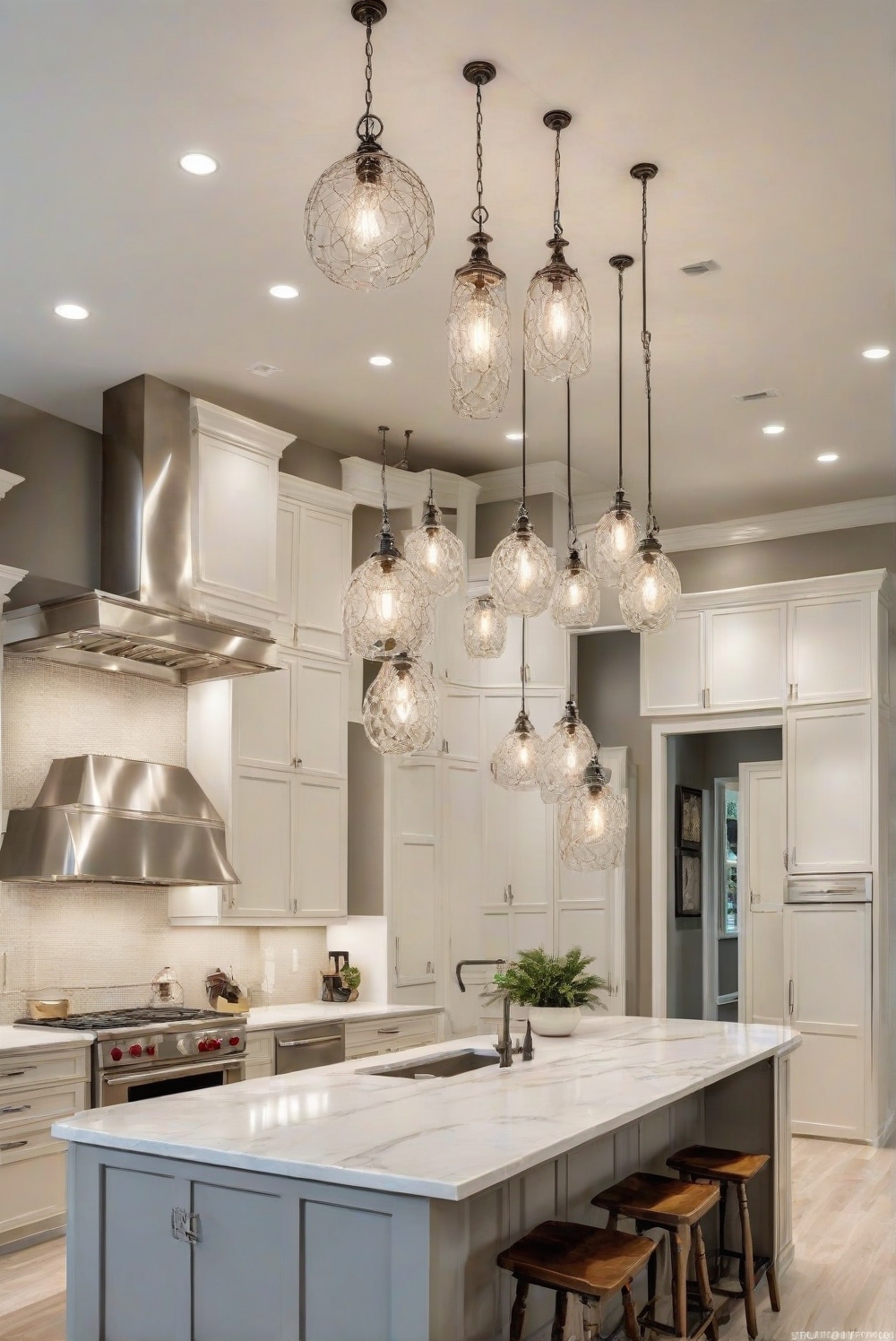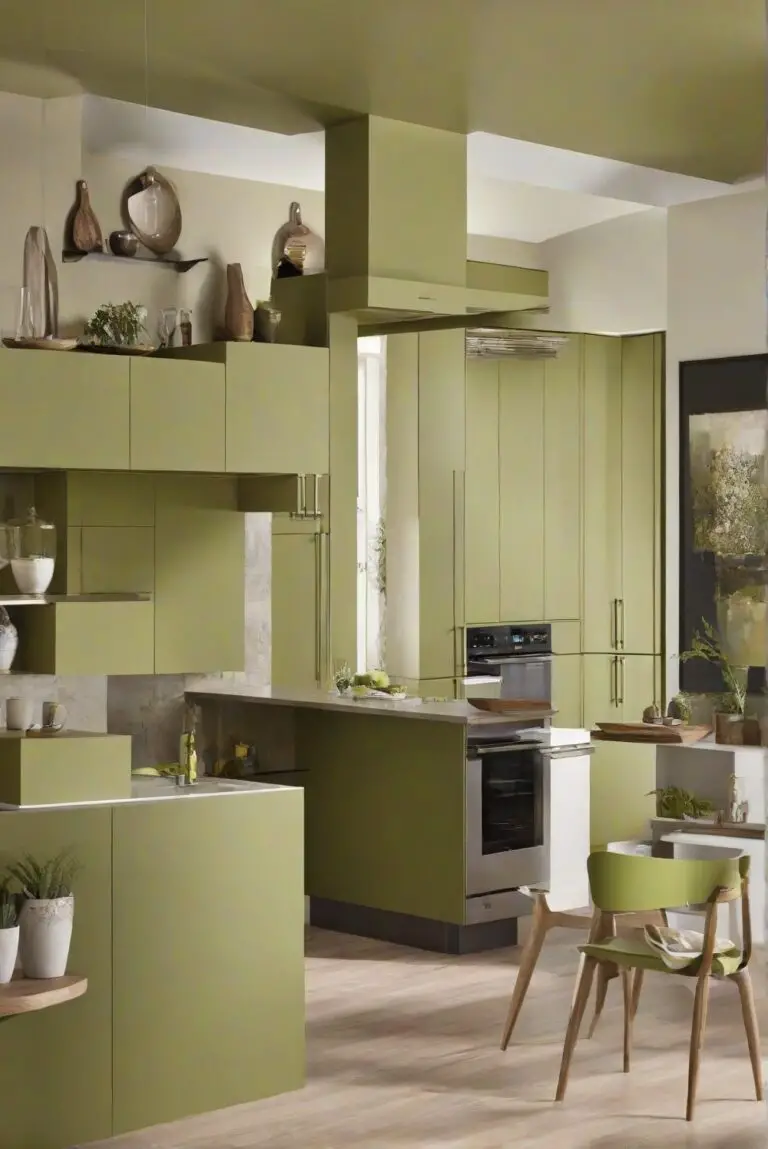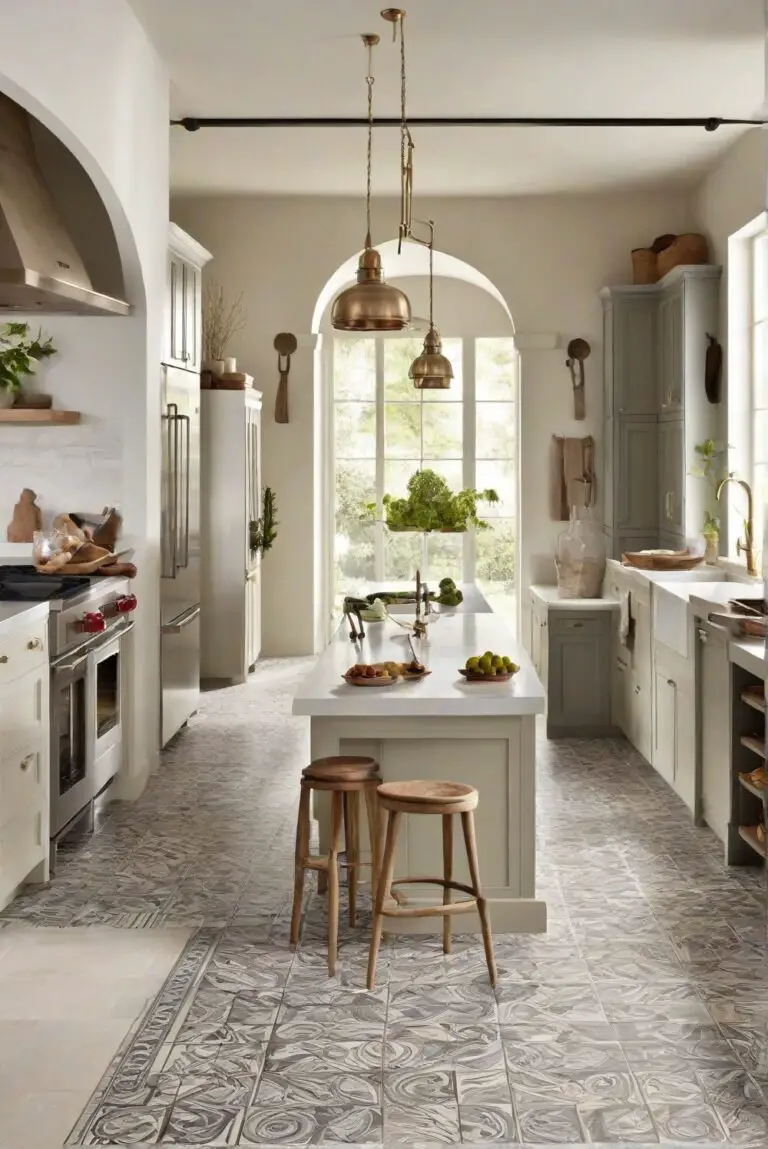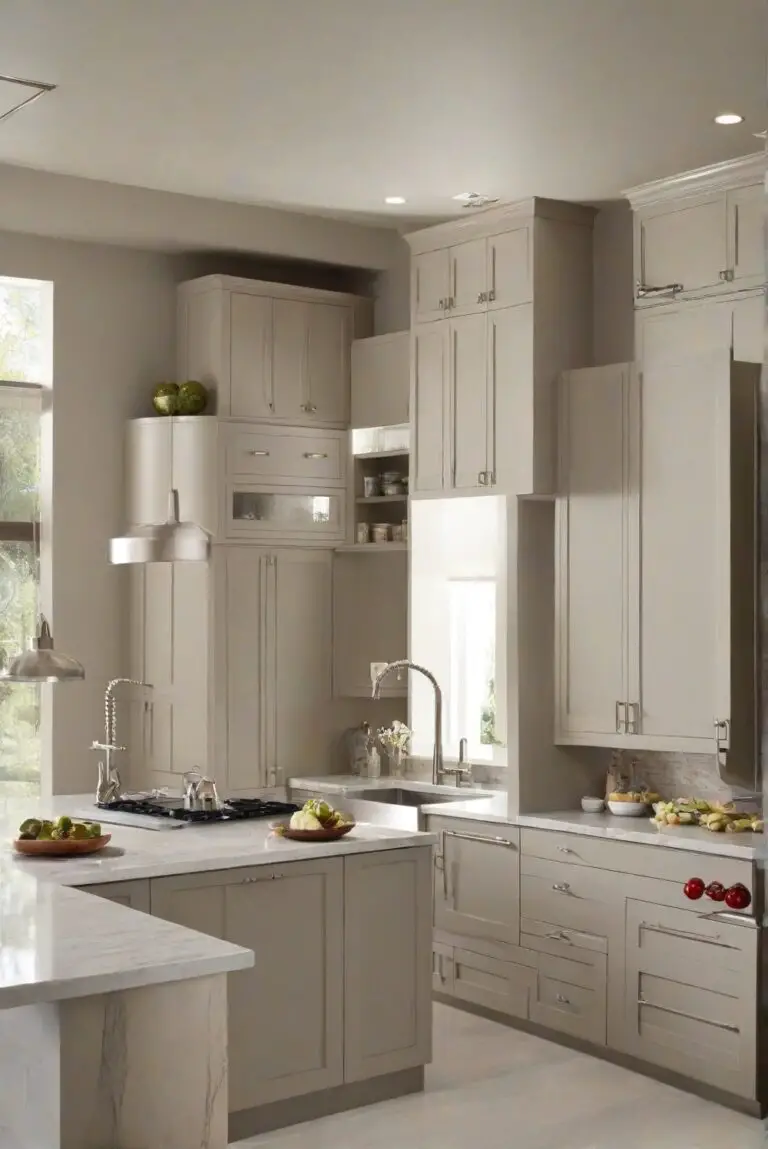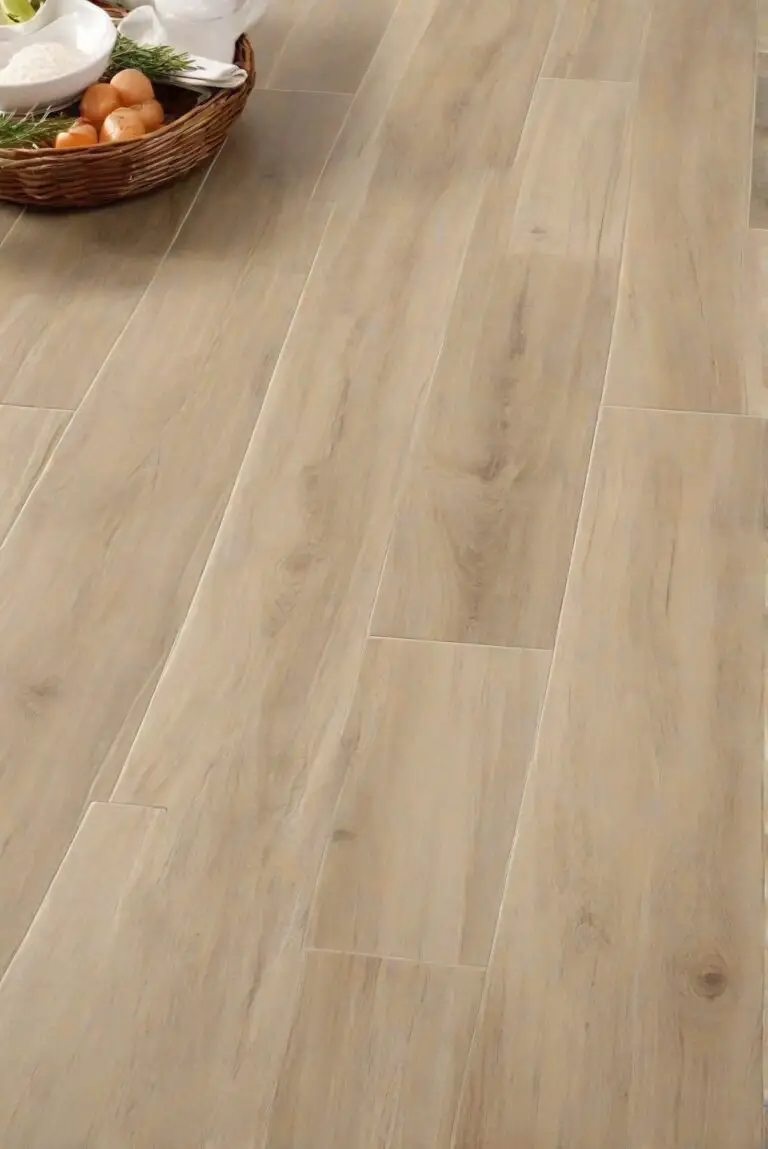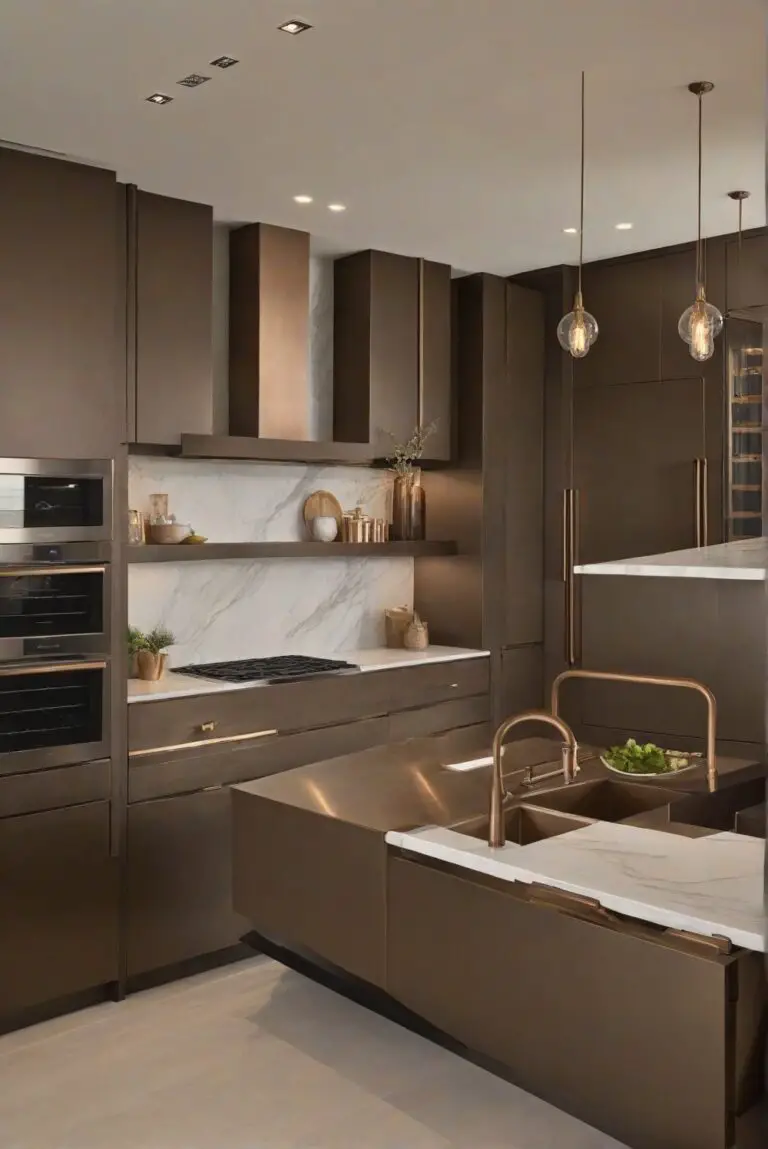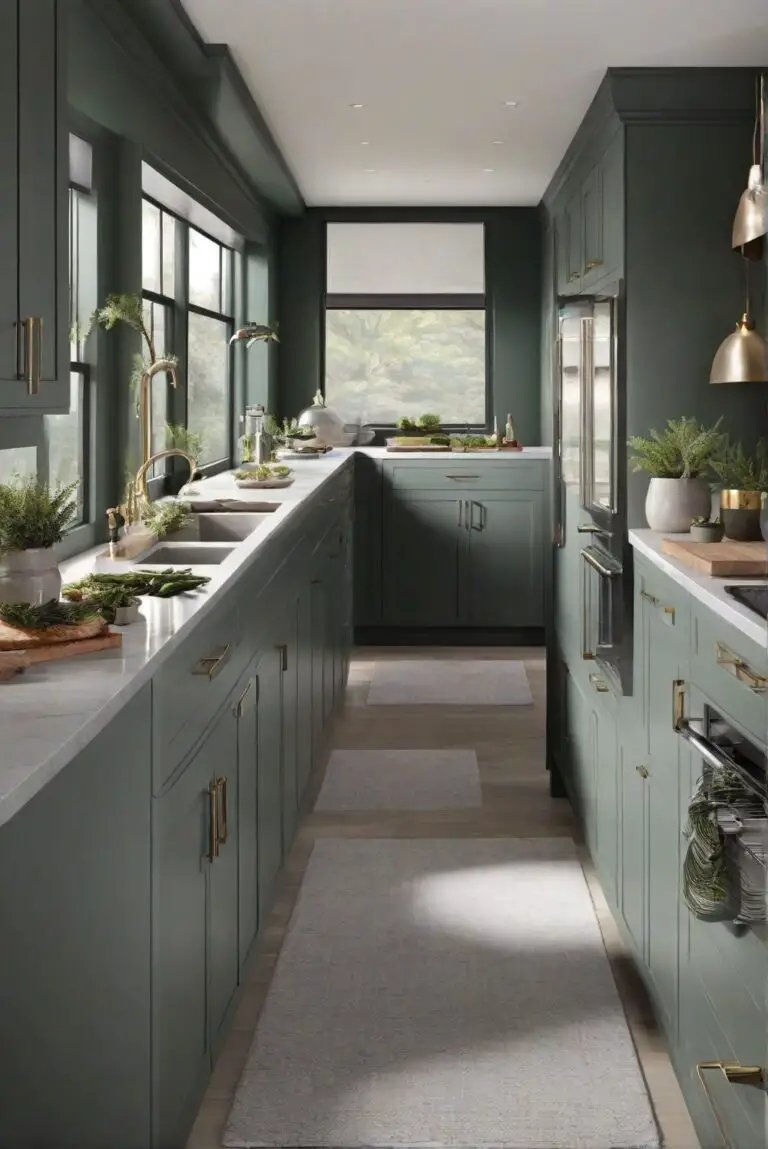Explore how to enhance your kitchen’s ambiance with the perfect lighting fixtures. From pendant lights to under cabinet lighting, discover your ideal options today.
Choosing the right lighting fixtures for your kitchen is essential to create a functional and visually appealing space. When it comes to home interior design, lighting plays a crucial role in setting the mood and highlighting various areas of the kitchen. Proper lighting can enhance the overall decor and make your kitchen more inviting.
To ensure you choose the right lighting fixtures, consider the size and layout of your kitchen. If you have a small kitchen, opt for recessed lighting or under cabinet lights to save space. For larger kitchens, a combination of ceiling lights, pendant lights, and track lighting can provide adequate illumination.
Additionally, consider the color temperature of the bulbs to create the desired ambiance. Warm white light is ideal for creating a cozy atmosphere, while cool white light is suitable for task areas like the countertop.
Lastly, don’t forget to layer your lighting sources for a well-balanced look. Combine ambient, task, and accent lighting to illuminate different areas and create a harmonious ambiance in your kitchen. By carefully selecting the right lighting fixtures, you can transform your kitchen into a stylish and functional space that reflects your personal style and enhances your home decor interior design.
In the world of design and aesthetics, color plays a crucial role in creating visual impact and conveying emotions. Color can evoke feelings, set moods, and influence perceptions. It is a powerful tool that designers and decorators use to transform spaces and create ambiance. Understanding the significance of color is essential when making choices for your home decor or any design project.
When it comes to choosing the right color for your walls, furniture, or accessories, it’s important to consider the psychological effects of different colors. Each color has its own unique properties and can impact individuals differently. For example, blue is often associated with calmness and serenity, making it a popular choice for bedrooms, while red is known for its stimulating and energizing qualities, often used in dining areas to encourage appetite.
In the context of interior design, color can also affect the perceived size of a room. Lighter colors tend to make a space feel more open and airy, while darker colors can create a sense of coziness and intimacy. By understanding the principles of color psychology and color theory, you can make informed decisions about which colors to incorporate into your design scheme.
When recommending a specific color paint for a room, factors such as the room’s purpose, lighting conditions, existing decor, and personal preferences should be taken into account. For example, a soft and soothing pastel hue might be ideal for a nursery, creating a calming environment for a baby, while a bold and vibrant shade could inject energy and personality into a living room.
In the context of choosing the right lighting fixtures for your kitchen, the color of the paint on the walls can play a significant role in enhancing the overall ambiance. For instance, pairing warm-toned lighting with earthy or neutral paint colors can create a cozy and inviting atmosphere, perfect for a family-friendly kitchen. On the other hand, cool-toned lighting combined with crisp white paint can give a modern and sleek look to a kitchen space.
When writing a comprehensive piece on a specific color paint, it’s essential to delve into various aspects of the color, including its history, cultural significance, psychological effects, and practical applications. By providing in-depth information about the color, its attributes, and its impact on the environment, readers can gain a better understanding of why this particular color paint is being recommended.
In conclusion, color is a fundamental element of design that can transform spaces, evoke emotions, and influence perceptions. By understanding the significance of color and its impact on our surroundings, we can make informed choices when selecting colors for our homes or design projects. When recommending a specific color paint or exploring the possibilities of color in design, it’s important to consider the context, purpose, and desired effects to create a harmonious and visually appealing environment.

